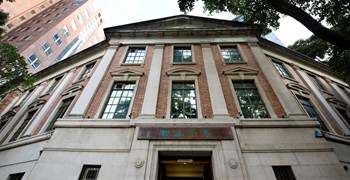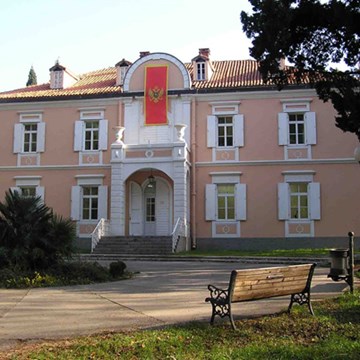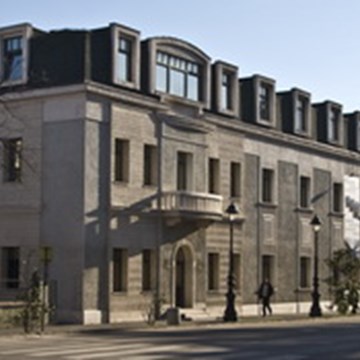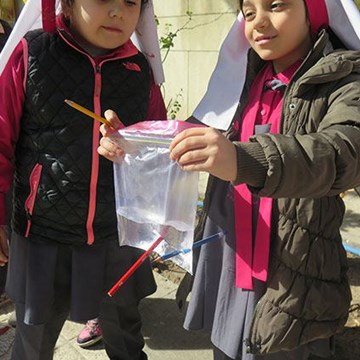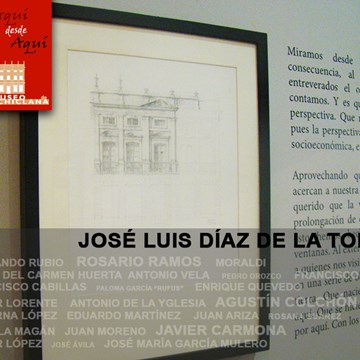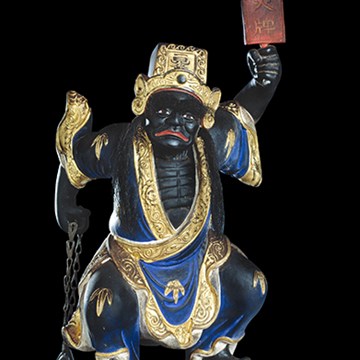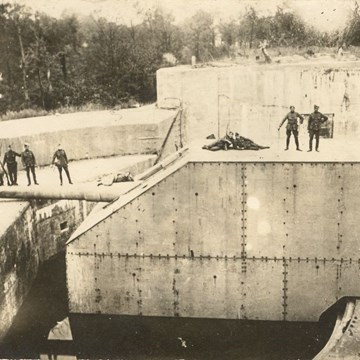[TALK] "THE SOCIAL PHYSIOGNOMY OF CHINA AROUND MAY FOURTH MOVEMENT AS SHOWN IN THE MEDALS AND PUBLICATIONS CONCERNING THE GOVERNING OF SHANXI BY 'MODEL' WARLORD YAN XI-SHAN" WITH BASSANIO KWOK
Date: Saturday, 20 July 2019
Time: 11:00 – 12:30
Venue: Drake Gallery, 1/F Fung Ping Shan Building, University Museum and Art Gallery, HKU
Language: Cantonese
Cost: Free admission. All are welcome. Please click here to register
Co-organiser: The University of Hong Kong Museum Society and University Museum and Art Gallery, HKU
Enquiries: Chung Yan Chan at officeadmin@hkums.com or 2241 5507
The May 4th Movement was a spontaneous civil patriotic movement led by students in Beijing objecting to the Paris peace conference after World War I, which flagrantly failed to reinstate the rights and interests in Shandong back to China from a defeated Germany. Instead, the foreign powers in Paris elected to transfer all former German interests to Japan.
On the 4th May 1919, students took to the streets to protest the unfair peace treaty. The residence of the Chief of Communication, Cao Ru-lin was set on fire, leading to the arrest of 32 student representatives by the Beiyang Government. However, the protests and strikes spread rapidly among the ranks of both students and businessmen throughout the provinces and cities all over China.
The May 4th Movement marked the growth of “Enlightment” ideologies of “Democracy”, ”Science”, “Liberalism” and “Equality”, following the introduction of the “New Culture Movement” published in the La Jeunesse magazine in 1915 by intellectuals such as Chen Du-xiu. The May 4th Movement also saw the rise of “Self-Salvation” political sentiments, such as “Anti-Japanese”, “Anti-Feudal” and “Anti-Warlord”, which were clearly influential in forming the character of modern China. Of course, views have varied widely as to how actually significant the May 4th Movement was to the overall historical development of modern China.
In conjunction with commemorating the centennial memorial of the May 4th Movement, it is both critical and helpful to review this historical event from multiple angles. By studying the medals and publications of “Model Warlord”, Yan Xi-shan which relate to his governing of Shanxi, our speaker will share first-hand information on both the sovereign and the common people. In this way our audience will have a better understanding of both the physiognomy of China during the period surrounding the May 4th Movement, as well as the Movement itself.
Our speaker, Kwok King Cheung Bassanio is a member of the HKU Museum Society. A veteran researcher of orders and medals of the late Manchu and Beiyang periods, Mr. Kwok recently participated in the “Beiyang Warlords: War and Politics” exhibition at the Dr. Sun Yat-sen Museum.
Exhibitions and events from this museum
We don't have anything to show you here.
Activities from this museum
We don't have anything to show you here.
